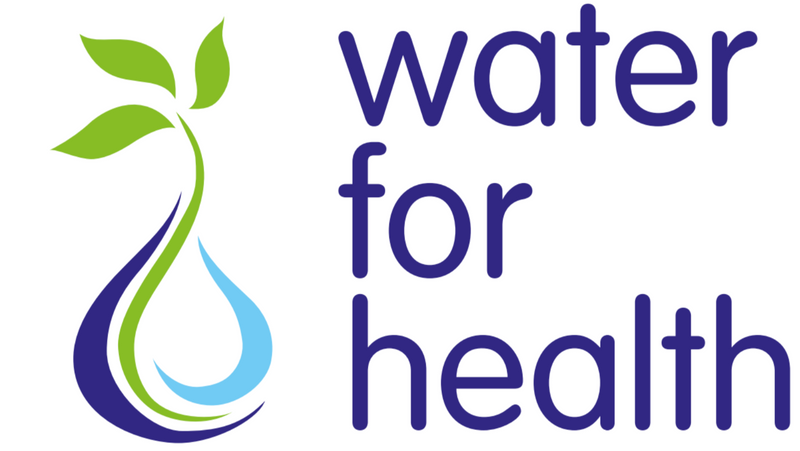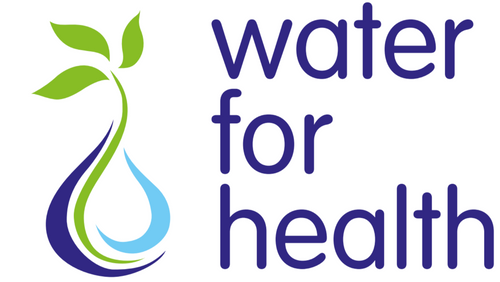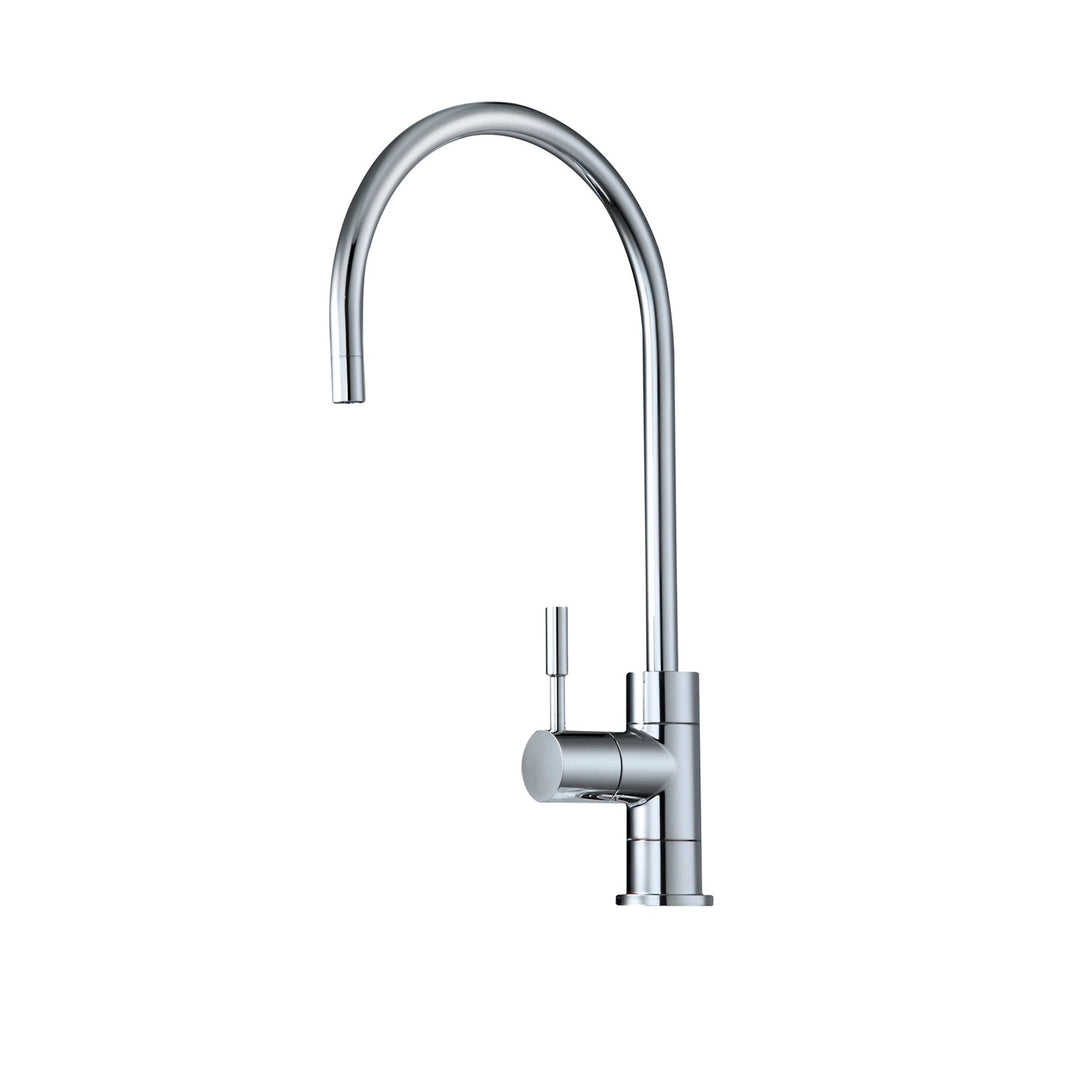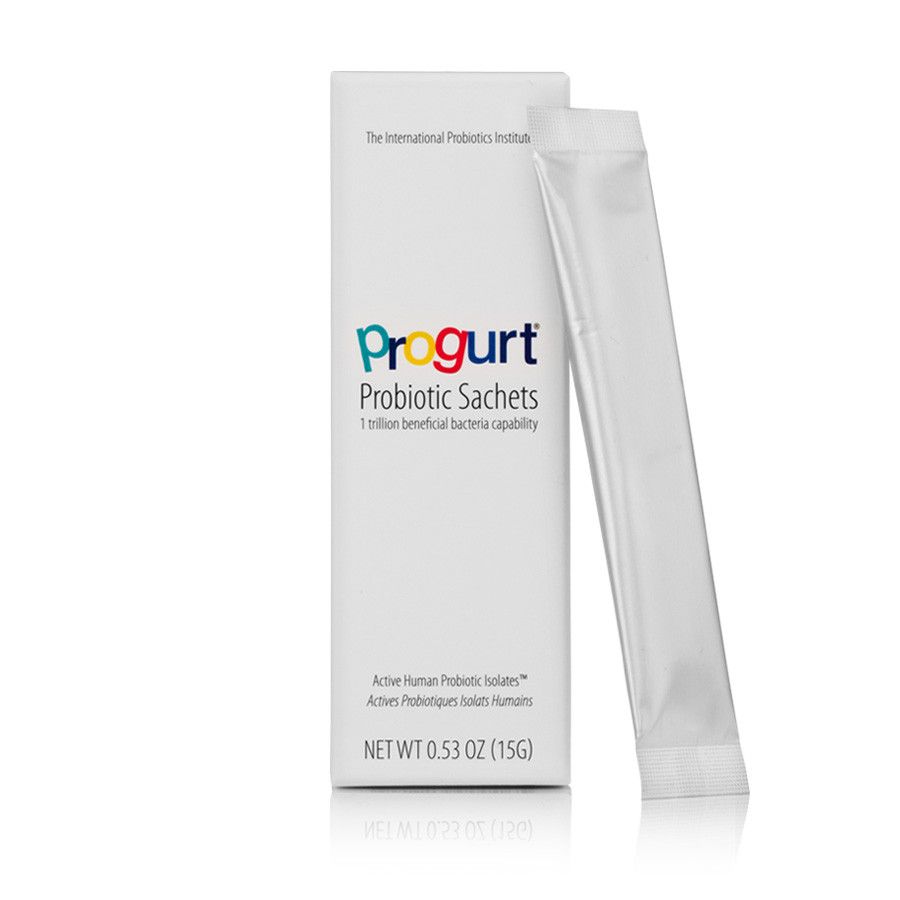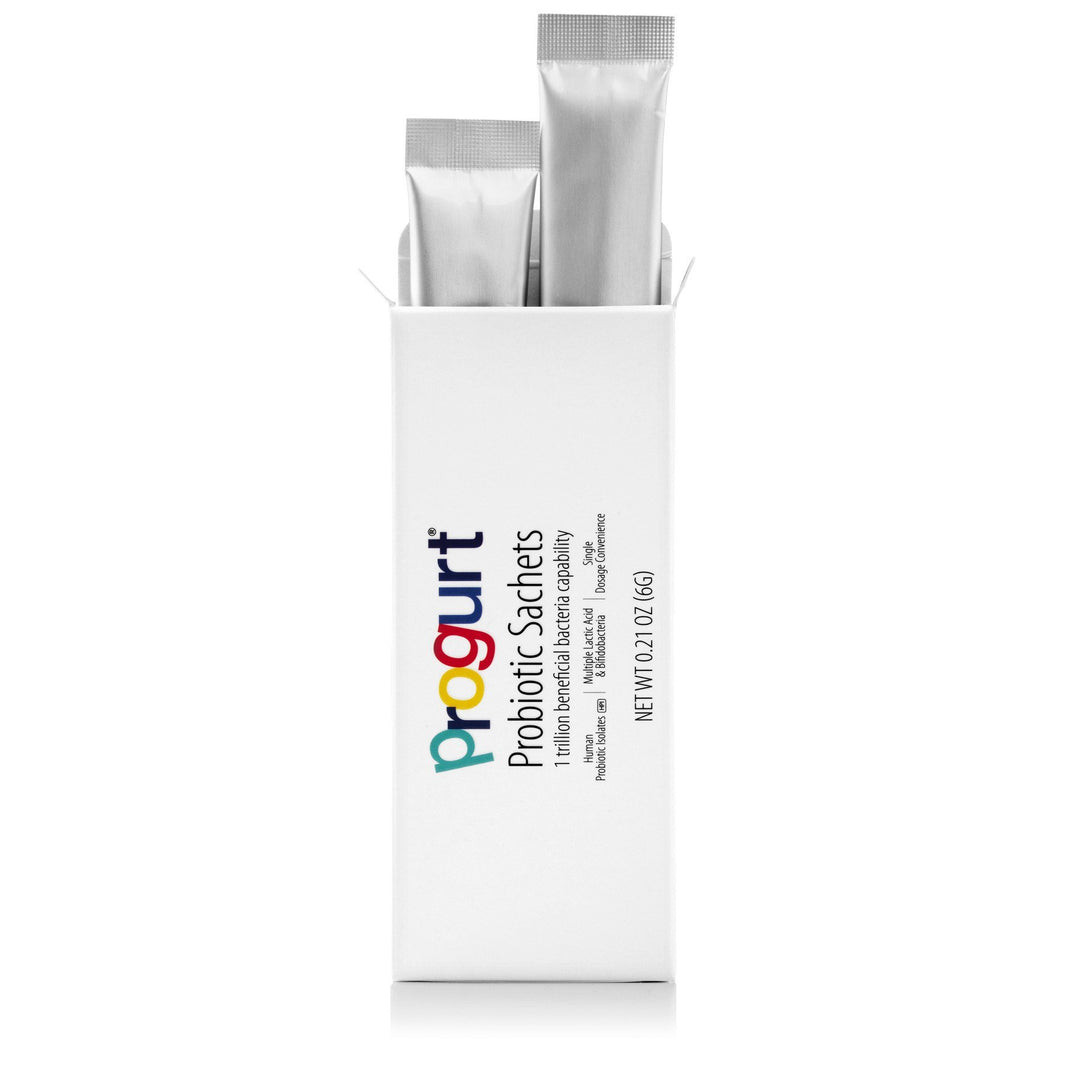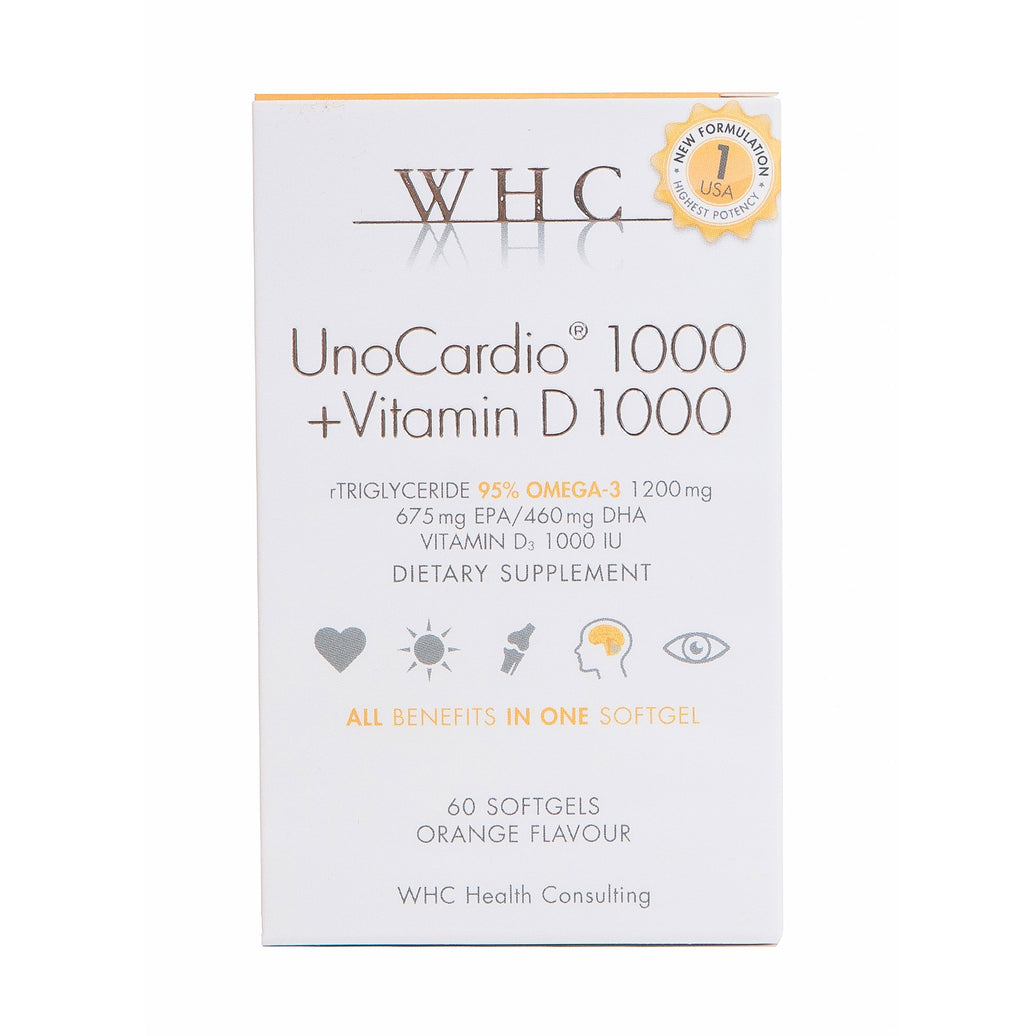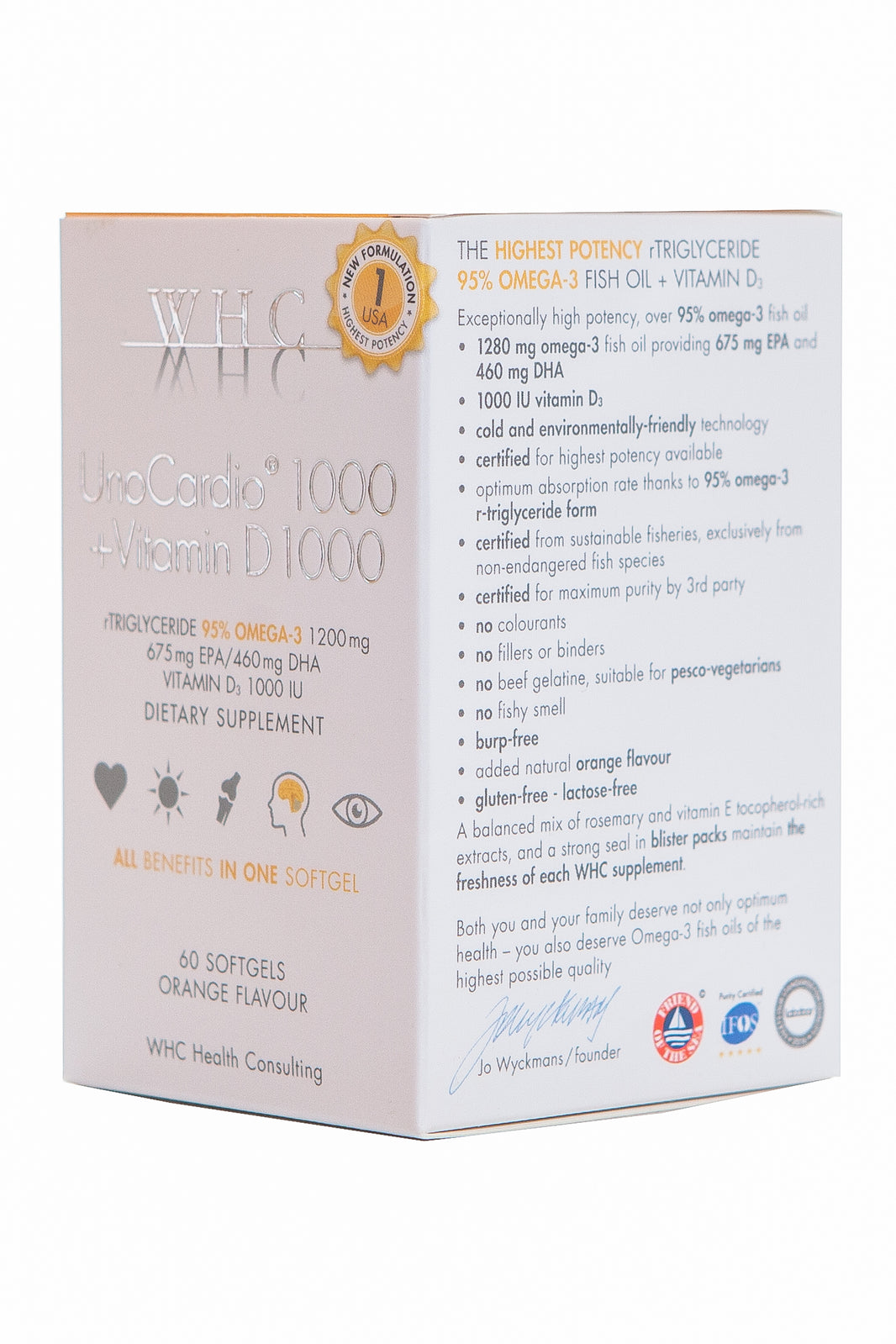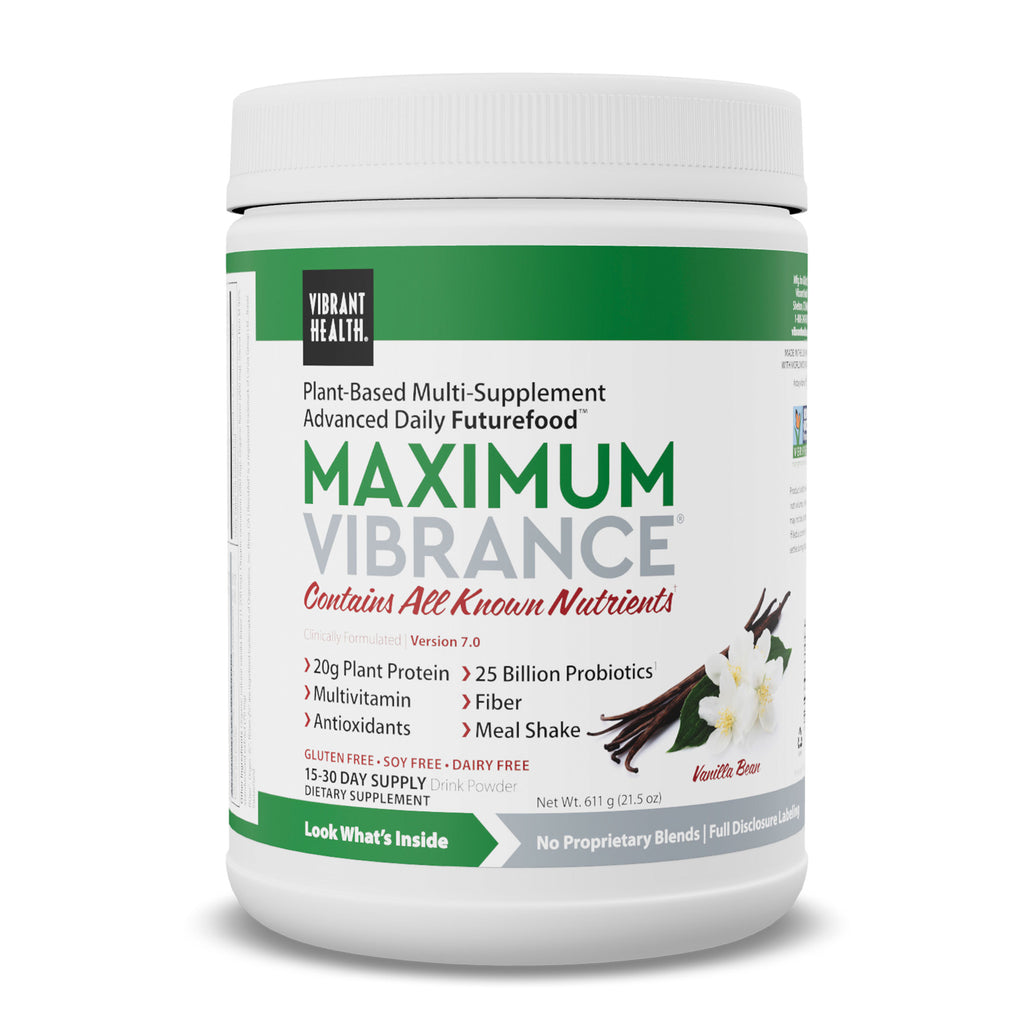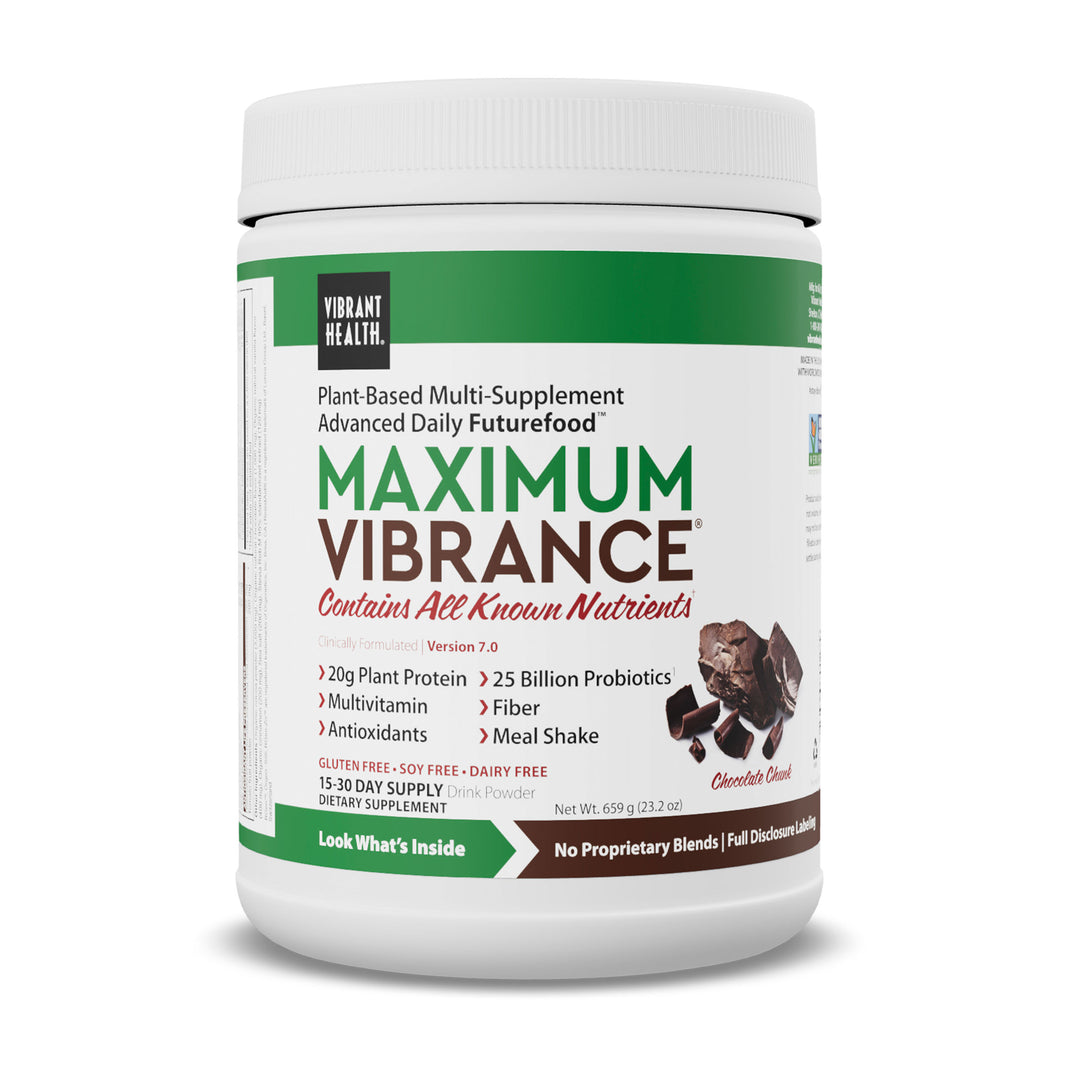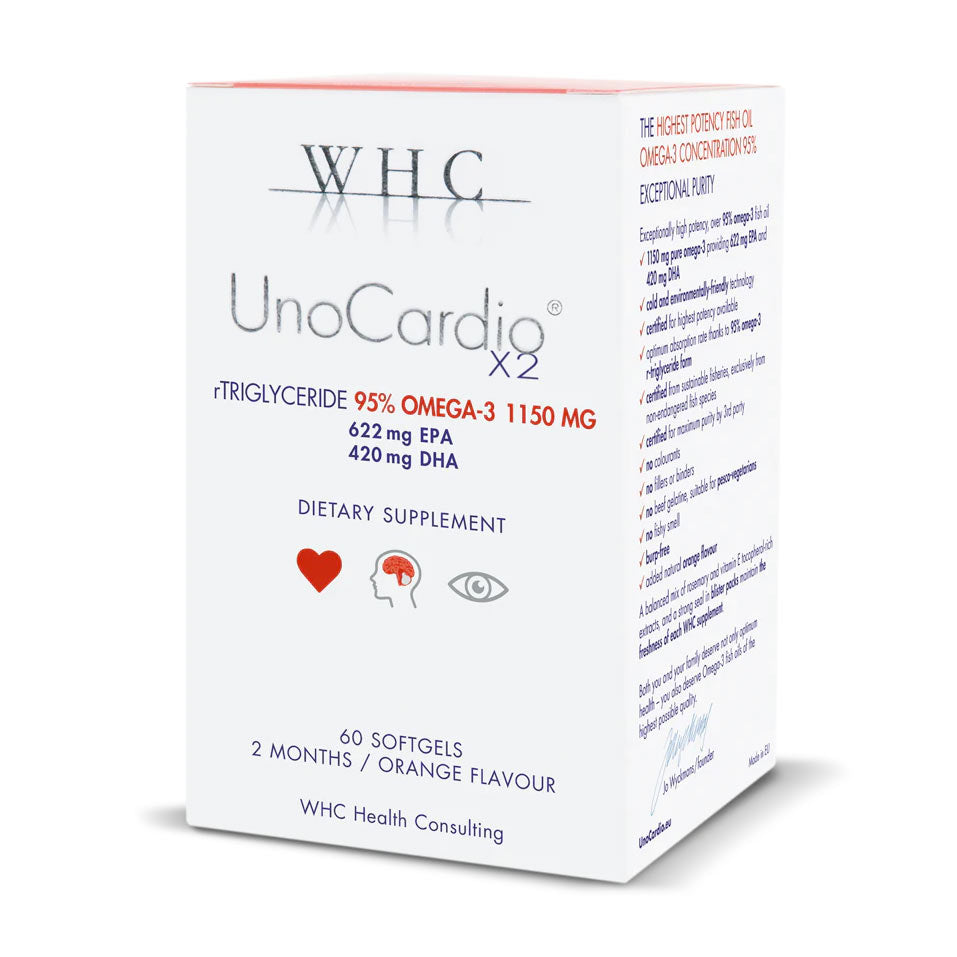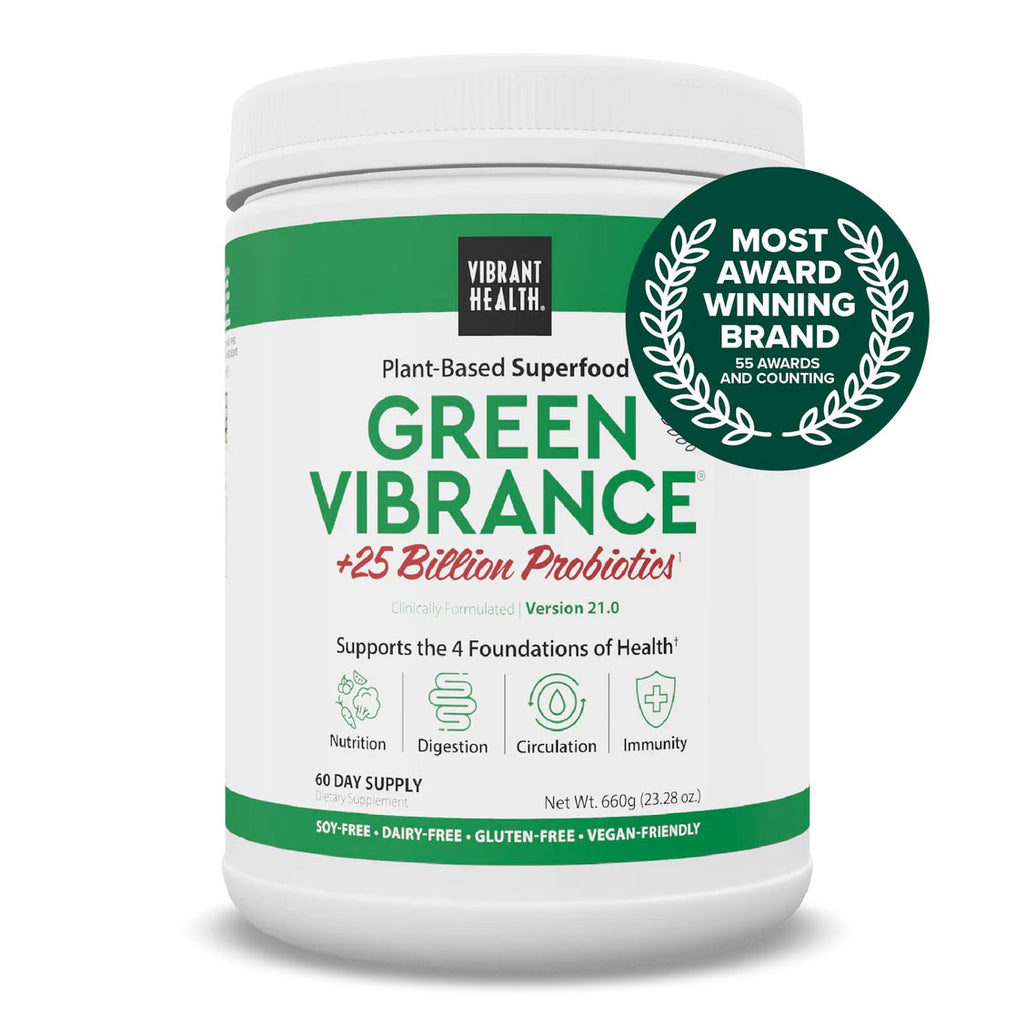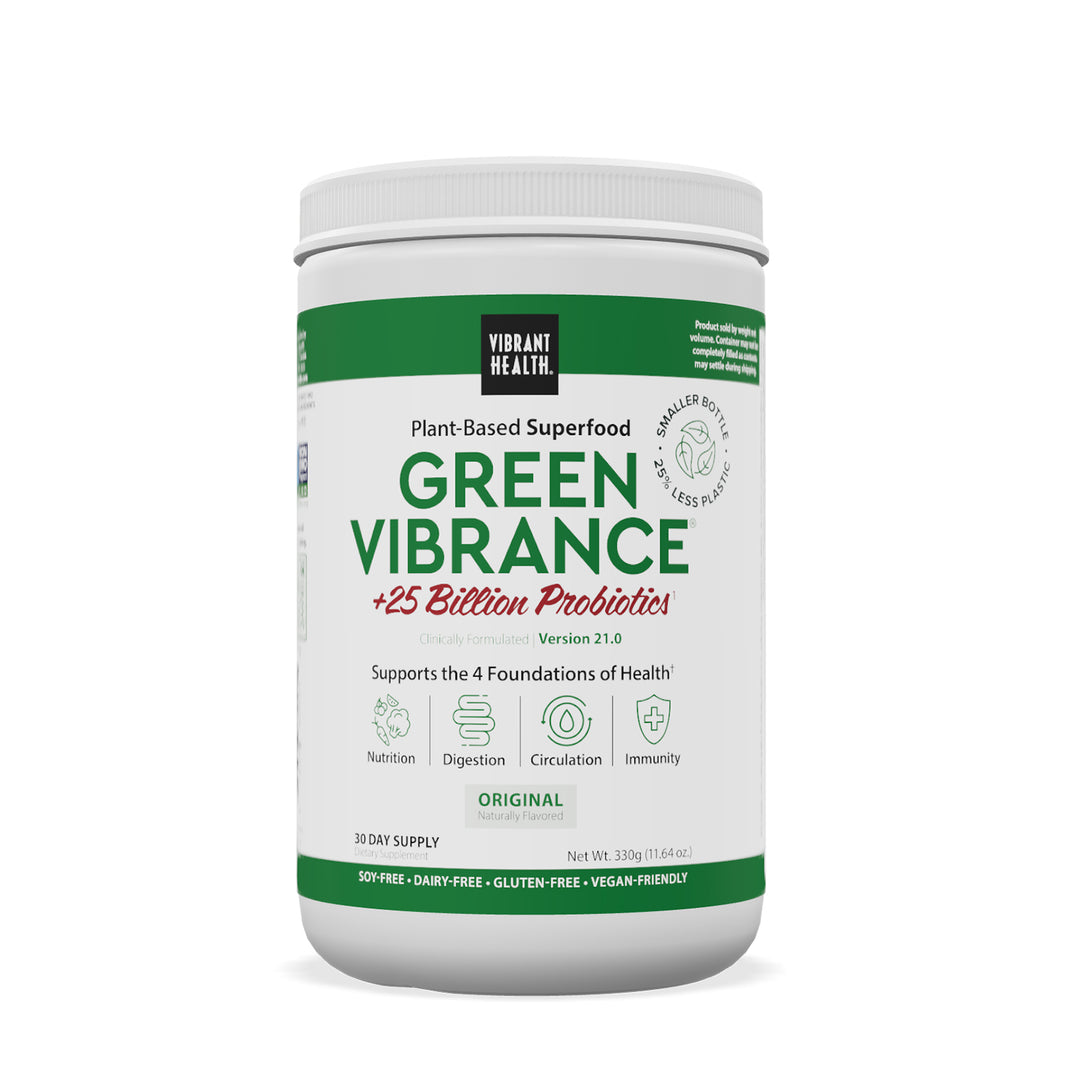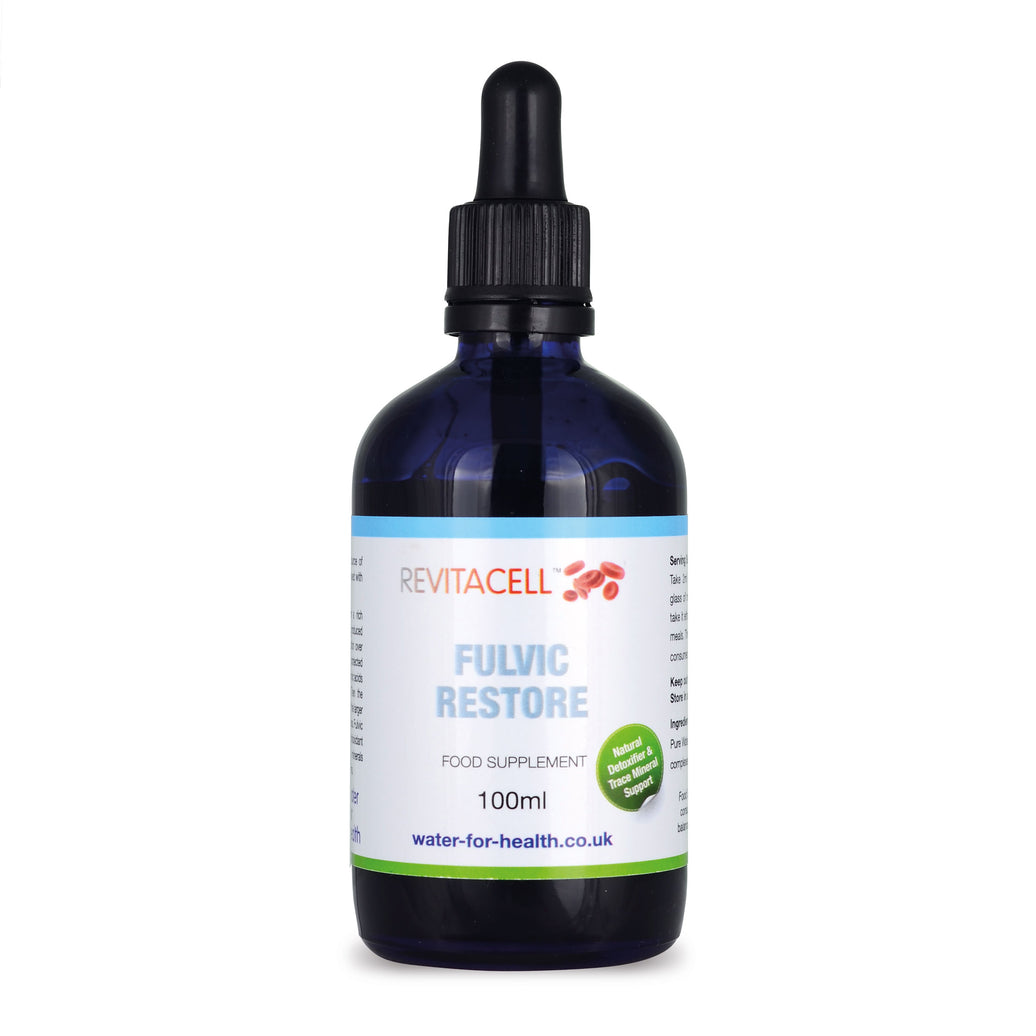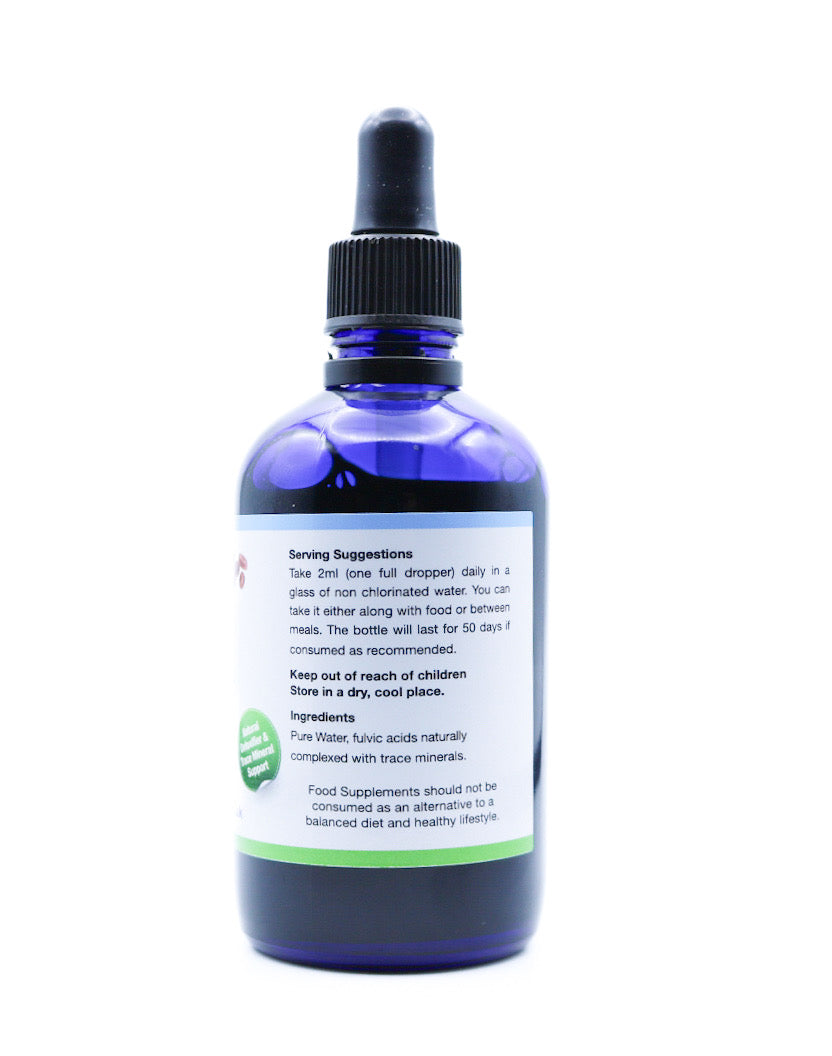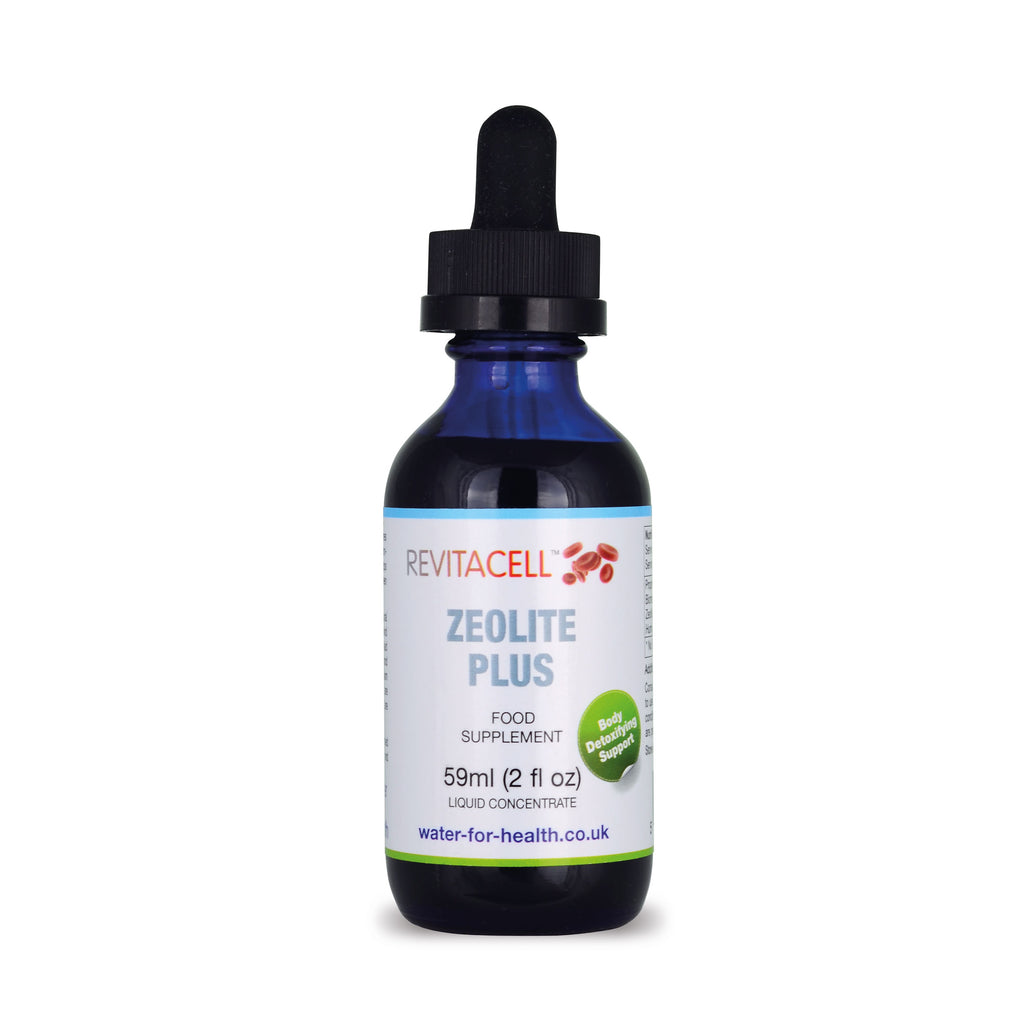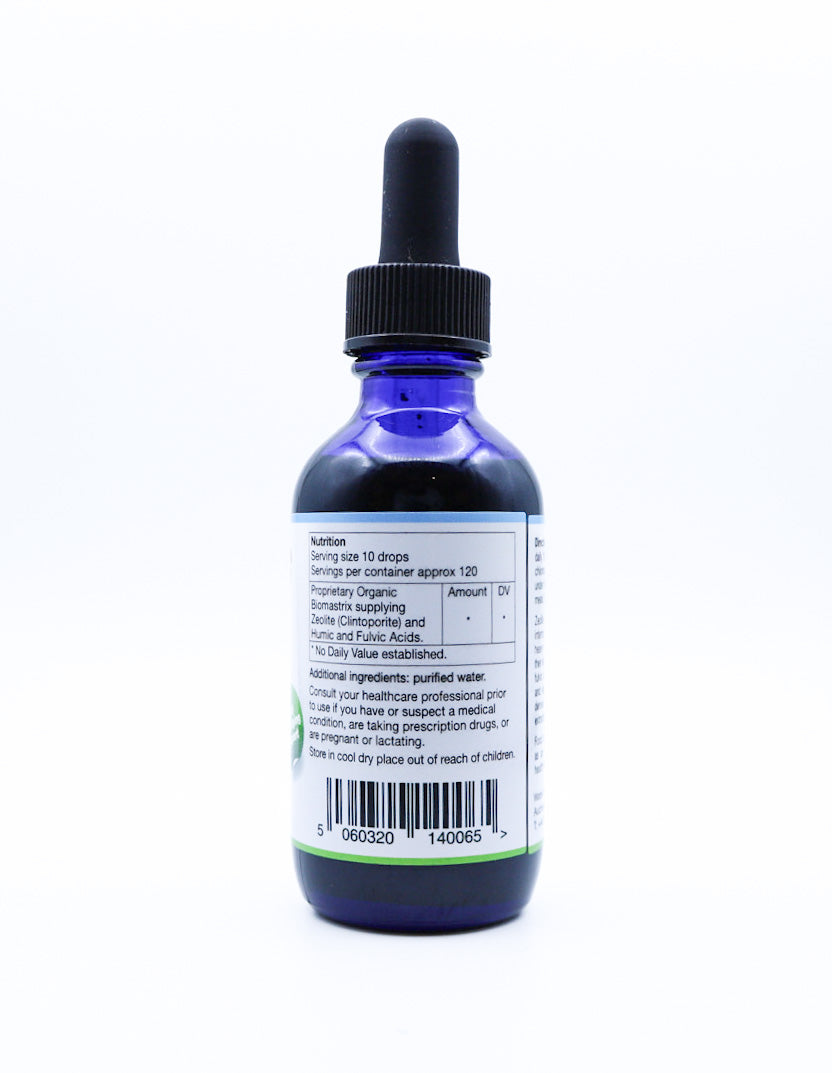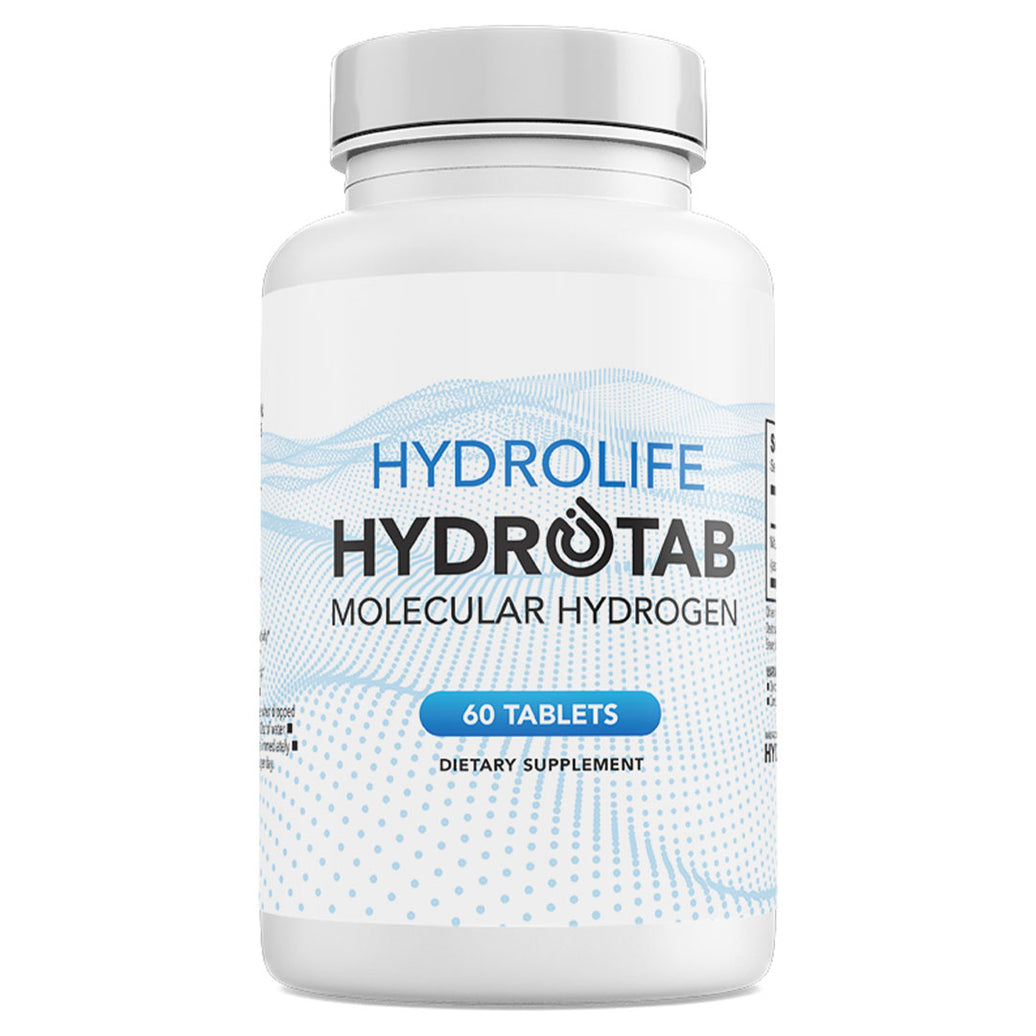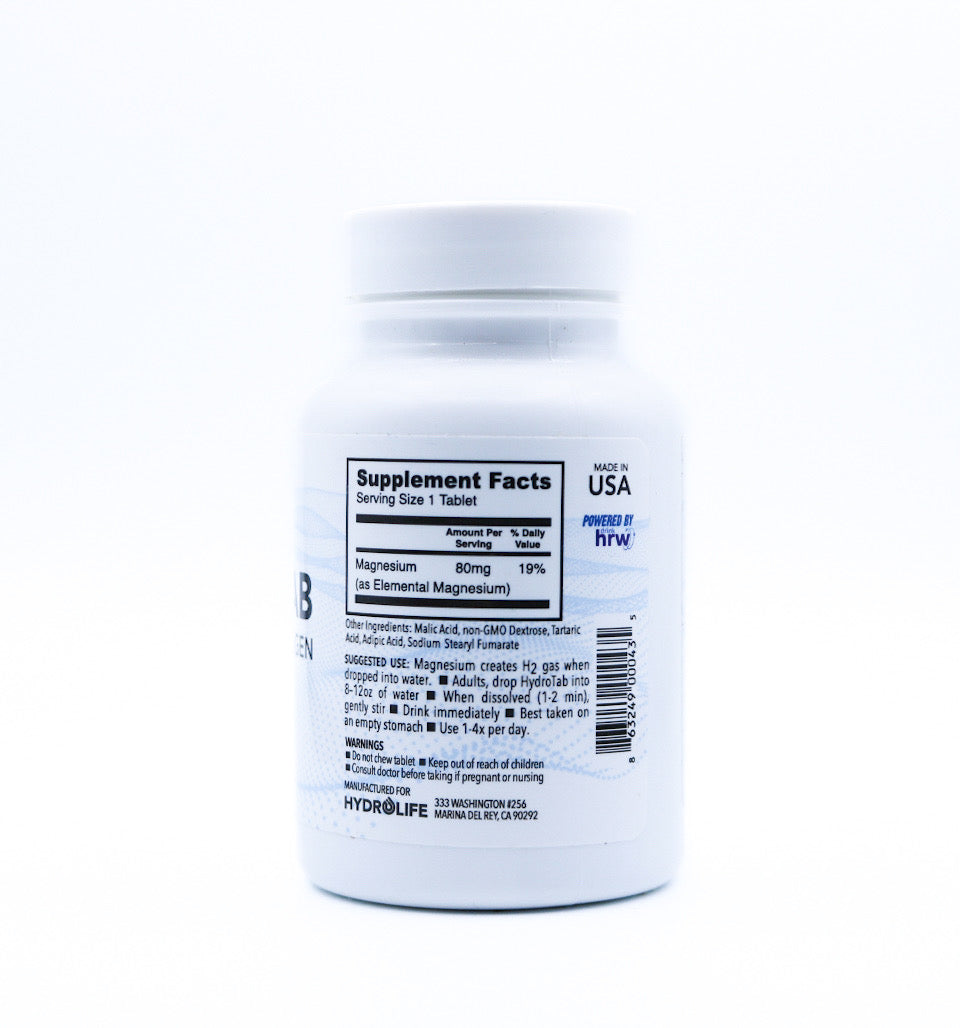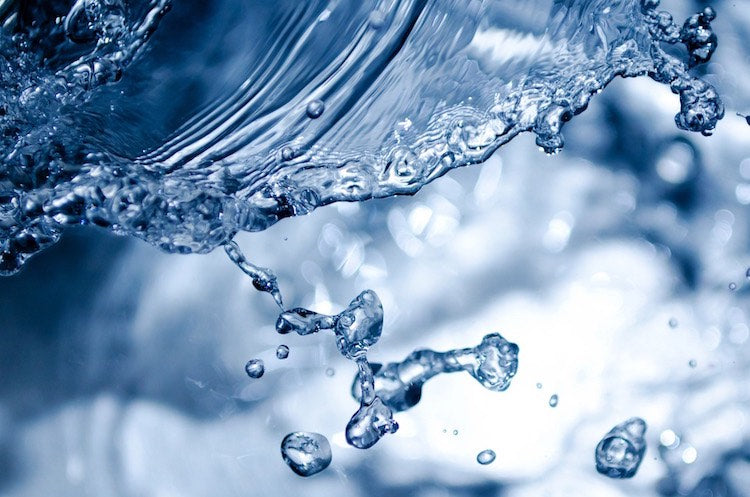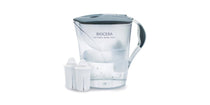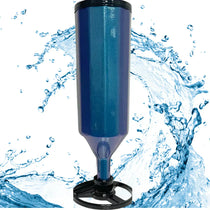Have you ever noticed that reverse osmosis water tastes… flat? That’s because it’s missing something. While reverse osmosis (RO) systems are highly effective at removing contaminants, they also strip away the natural minerals your body needs. The result is water that’s clean but “dead”—lacking the energy and alkalinity of mineral-rich water.
In this article, we’ll explore why reverse osmosis water drinking has its downsides, what that means for your health, and how to bring life back into your water.
Why People Turn to Reverse Osmosis Water
But first, let’s try to understand why so many people turn to RO water in the first place. Hydration is at the heart of good health, your body needs water for energy, detoxification, digestion, and just about everything else.
Yet most of us don’t drink enough. Instead, we often reach for coffee, tea, fizzy drinks, or juice, which can actually dehydrate the body even further.
At the same time, concerns about what’s lurking in tap water are growing. Headlines about chlorine, fluoride, heavy metals, pesticides, microplastics, and even pharmaceutical traces make people question whether their tap water is truly safe. That’s where RO systems step in, promising to remove nearly every contaminant.
It’s easy to see why that sounds appealing. Cleaner water feels like the safest choice for you and your family. But does reverse osmosis water and health really line up the way we hope? Or could this “pure” water be missing something vital?
The Problem With Reverse Osmosis Drinking Water
Like we mentioned earlier, reverse osmosis is incredibly effective at removing contaminants. It works by forcing water through an ultra-fine membrane, leaving behind almost everything—including harmful pollutants.
But here’s the catch: in the process, it also removes the good stuff your body actually needs.
Up to 99% of essential minerals like calcium, magnesium, and potassium are stripped away during filtration. Without these minerals, RO water is left slightly acidic, usually with a pH between 6.0 and 6.75 (sometimes even lower, depending on the source water).
Why does that matter?
Over time, regularly drinking this demineralised, acidic water can contribute to mineral depletion in the body. The World Health Organisation has even flagged potential health problems in populations relying solely on this kind of water. Symptoms linked to long-term consumption include fatigue, muscle cramps, magnesium deficiency, and cardiovascular issues.
This is why you’ll sometimes hear RO water referred to as “dead water.” It may be clean, but it’s missing the natural minerals and vitality you’d find in high-quality spring or mineral water—the very elements that make water hydrating and nourishing.
Is Reverse Osmosis Healthy or Not?
Reverse osmosis isn’t inherently bad. Removing contaminants is a good thing, but water should do more than just be "clean." It should nourish and hydrate your cells, support electrolyte balance, and help maintain a healthy pH in the body.
Drinking reverse osmosis water as your ONLY water source can lead to issues because it lacks those essential minerals. Even if you follow a mineral-rich diet, it’s ideal for your water to contribute to your overall intake, not strip it away.
How to Make Reverse Osmosis Water Healthier
If you already drink reverse osmosis water, there’s no need to worry! You don’t have to give it up. The good news is there are simple ways to add the minerals back and make it healthier for everyday drinking:
Use a remineralising filter
Many RO systems now offer add-on alkaline cartridges that restore minerals like calcium and magnesium, improve the water’s structure, and raise its pH to a more balanced level.
Add plant-based mineral drops or powders
Organic trace mineral blends are an easy way to replenish key minerals in each glass or bottle.
Try alkalising products
Biocera Alkalising Teabags, for example, use bioceramic minerals to release calcium, magnesium, and potassium into your water while naturally increasing its alkalinity.
Upgrade to a hybrid system
Filters like the Energy Plus Water Filter remove contaminants and remineralise at the same time, so you get clean, energised water straight from the tap without extra steps.
By taking these small steps, you can transform “empty” RO water into mineral-rich, hydrating water that better supports your body.
Living Water vs Reverse Osmosis Water
Mineral-rich water is often called “living water” because it naturally contains the essential minerals your body needs, like calcium, magnesium, and potassium. These minerals don’t just add flavour but they also help your body stay hydrated, support energy production, and keep your pH levels balanced.
Reverse osmosis water is very different. While it’s extremely clean, the filtration process strips out nearly all minerals, leaving it demineralised and slightly acidic. This is why many people refer to it as “dead water.”
The difference matters. Living water nourishes and hydrates your body more effectively, while RO water, unless it’s remineralised, can lack the elements your body depends on to function at its best.
The Right Way to Drink Reverse Osmosis Water
Should you drink reverse osmosis water? Yes, but only if you take steps to make it healthier. While reverse osmosis water drinking removes contaminants, it’s also missing the beneficial minerals that make water truly nourishing.
If you want the best of both worlds, choose a filter that removes harmful substances and replenishes essential minerals. This gives you water that’s clean, alkaline, and structured—water designed to hydrate your cells and support your health.
If you’re unsure which option is best, we can help. At Water for Health, we supply systems like the Energy Plus Water Filter that clean, remineralise, and energise your water in one go. Or, if you already own an RO system, we offer inline cartridges and alkalising accessories to upgrade your water easily.
